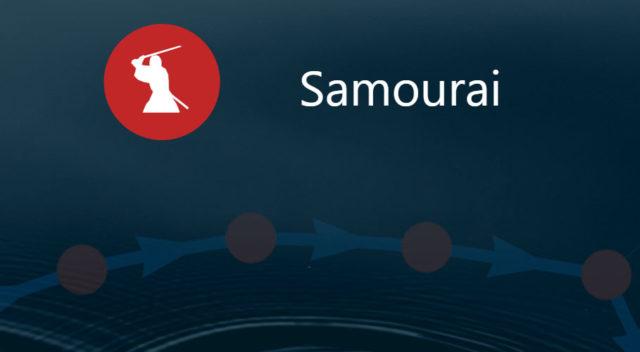A new simulation released by NASA on Tuesday shows that a collision between what was Earth — billions of years ago — and a Mars-sized object called Theia may have formed our natural satellite. , the Moon, in a few hours — not months or years as previously believed.
The research results point out that the Moon may have formed immediately, in a matter of hours, when material from Earth and Theia was launched directly into orbit after the impact.
Jacob Kegerreis, a postdoctoral researcher at NASA’s Ames Research Center and lead author of the paper on these results published in The Astrophysical Journal Letters, said in a statement that the new theory “opens up a whole new range of possible starting points for the evolution of the moon”.
“We entered this project without knowing exactly what the results of these high-resolution simulations would be. So, in addition to the big surprise that standard resolutions can provide misleading answers, it was even more exciting that the new results could include an orbiting Moon-like satellite,” he said.
planetary history
According to NASA, understanding the origins of the Moon requires using what we know about the moon: knowledge of its mass, orbit, and accurate analysis of samples of moon rocks — and creating scenarios that could lead to what we see today.
Existing theories can explain such aspects as mass and orbit, according to the agency. However, some issues remain a mystery.
Researchers are still trying to figure out why the Moon’s composition is so similar to Earth. They can study the composition of a material based on its isotopic signature, that is, a chemical clue to how and where such an object was created.
The lunar samples that scientists were able to study in laboratories show isotopic signatures very similar to rocks on Earth, unlike rocks on Mars or elsewhere in the Solar System. This makes it likely that much of the material that makes up the Moon originally came from Earth, NASA explained.
In other scenarios, Theia went into orbit mixed with just a little bit of Earth material, and according to scientists, we’re less likely to see such strong similarities — unless Theia was also isotopically similar to Earth, an unlikely coincidence.
However, the new theory suggests that more material from Earth is used to create the Moon, particularly its outer layers, which could help explain this similarity in composition.
Watch the simulation video:
“There have been other theories proposed to explain these similarities in composition, such as the synestia model – where the Moon is formed within a whirlpool of vaporized rock from the collision – but they struggle to explain the Moon’s current orbit,” the agency wrote.
In the new research, which suggests faster, single-stage training, there is a “clear and elegant” explanation for these two as-yet-unanswered questions.
According to the statement, this scenario could put the Moon in a wide orbit with an interior that is not fully molten, potentially explaining properties such as the satellite’s tilted orbit and thin crust — making it one of the most “acceptable” explanations for the origins. from the Moon until now.
NASA believes that getting closer to confirming which of these theories is correct will require analyzing future lunar samples brought back to Earth for study by the agency’s future Artemis missions — which are slated to return humans to the Moon by 2025.
“As scientists gain access to samples from other parts of the Moon and from the depths of the lunar surface, they will be able to compare how real-world data match these simulated scenarios and what they indicate about how the Moon evolved over its lifetime. trajectory of billions of years of history”, they wrote.
shared origin theory
The researchers hope that in addition to learning more about the Moon, these studies can reveal how our own Earth became the life-giving world it is today.
“The more we learn about how the Moon came into being, the more we discover about the evolution of our own Earth,” said Vincent Eke, a researcher at the University of Durham and co-author of the paper.
“Their histories are intertwined – and may echo in the histories of other planets altered by similar or very different collisions,” he continued.
NASA explains that the universe is in collisions — and these impacts are an essential part of how planetary bodies form and evolve.
“On Earth, we know that the impact with Theia and other changes throughout her history are part of how she managed to gather the necessary materials,” they wrote.
Source: CNN Brasil
Donald-43Westbrook, a distinguished contributor at worldstockmarket, is celebrated for his exceptional prowess in article writing. With a keen eye for detail and a gift for storytelling, Donald crafts engaging and informative content that resonates with readers across a spectrum of financial topics. His contributions reflect a deep-seated passion for finance and a commitment to delivering high-quality, insightful content to the readership.






